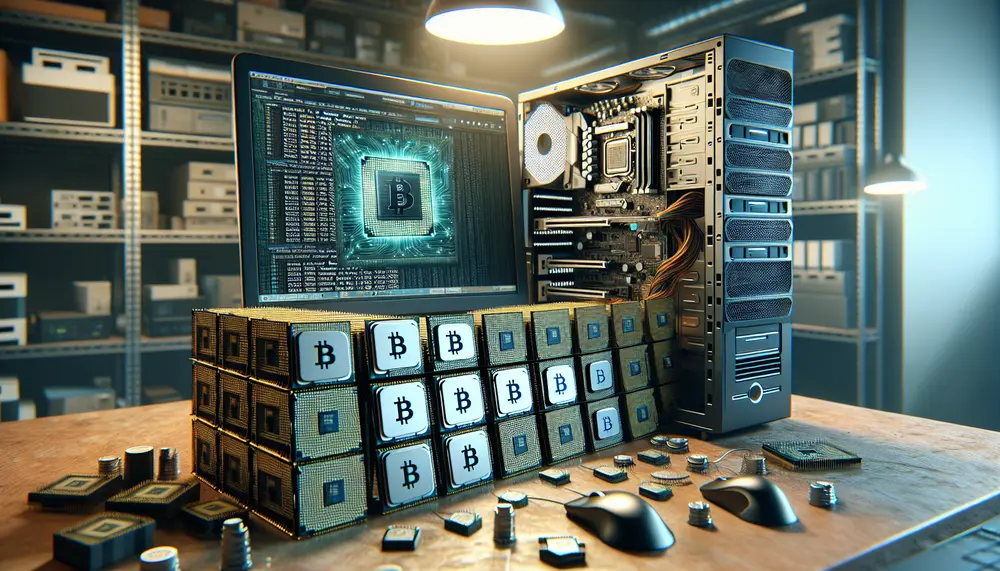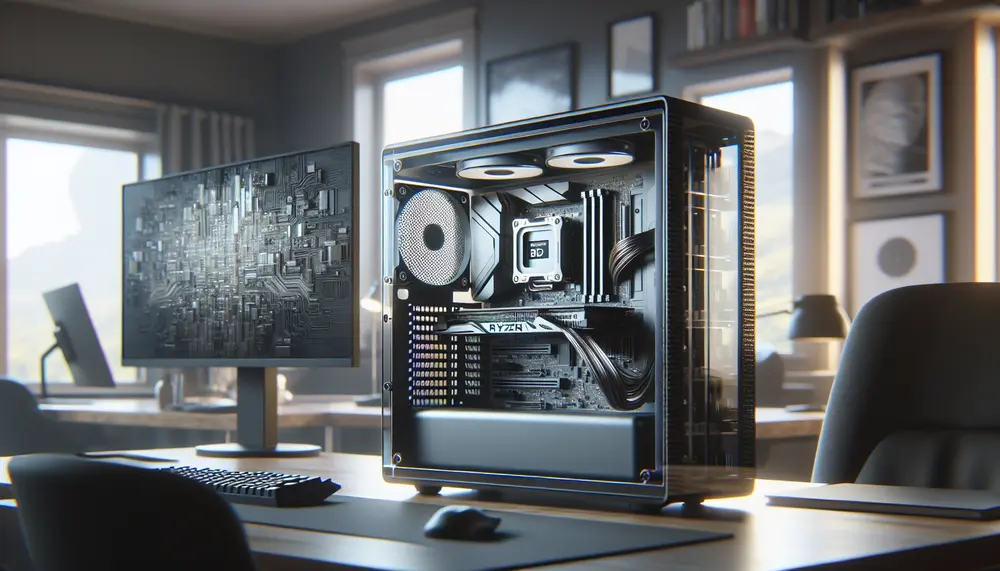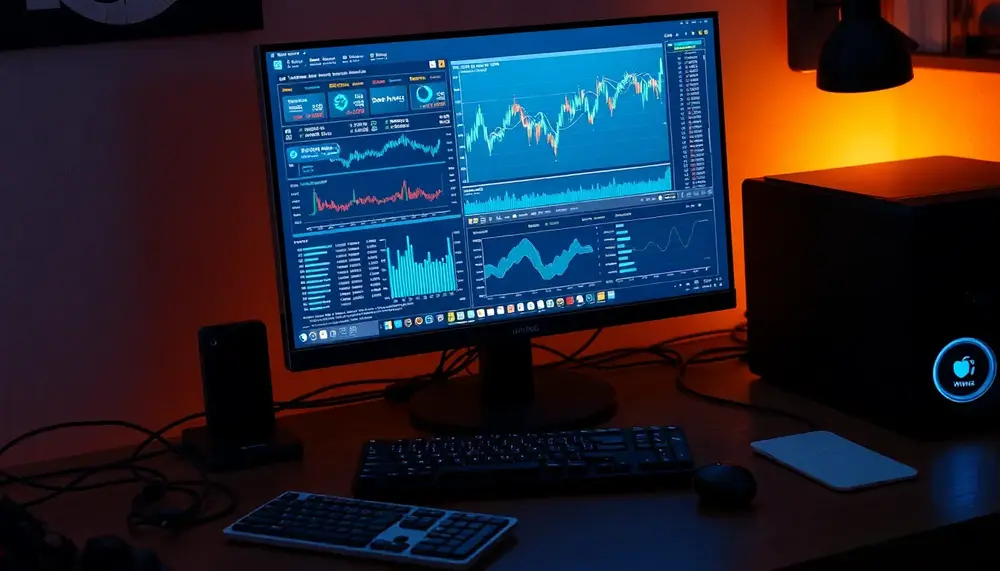Address
Address
Understanding the term "Address" in the Bitcoin mining environment may appear complicated at first, but it's quite simple. Let's unravel the mystery and make it accessible for everyone, especially newcomers to the crypto space.
What is an Address?
In the realm of Bitcoin mining, an Address is a unique identifier that represents a destination for Bitcoin transfers. Think of it as an account number in a traditional bank. But in Bitcoin, this unique set of alphanumeric characters signifies where the Bitcoins are stored and sent.
How does an Address work?
A Bitcoin Address is generated using a set of cryptographic rules known as the Elliptical Curve Digital Signature Algorithm (ECDSA). They usually start with the number "1" or "3" and are roughly 26-34 characters long. When you mine Bitcoin, the rewards you earn are sent to your unique Bitcoin Address. If you want to send or receive Bitcoins, you share this address. But remember, every transaction linked to this address is penned down in the immutable blockchain ledger, resulting in a trace of your Bitcoin actions.
The importance of an Address in Bitcoin Mining
In the process of Bitcoin mining, the Bitcoin Address is of immense importance. It is where your rewards for mining are sent. It's your personal space inside the vast cryptocurrency network. Remember to always keep your Bitcoin address private and secure, as losing control over it would mean losing your Bitcoins.
Conclusion: The Key Role of an Address
Understanding the function and importance of a Bitcoin Address is crucial for anyone involved in Bitcoin mining. The Address is your destination in the world of Bitcoin, where your mining rewards reside and your transactions happen. So, ensure its safety and rock on with your mining journey!
Blog Posts with the term: Address

This guide simplifies Monero solo mining with XMRig, covering setup and optimization to mine efficiently. It explains the benefits of using XMRig, necessary hardware requirements, and how to set up a Monero wallet for secure fund management....

Monero mining with CPUs is accessible and cost-effective due to the RandomX algorithm, which optimizes CPU performance over GPUs; top processors include AMD Ryzen 9 3950X and Intel Core i9-10900K. Benchmarking involves measuring hash rates and power consumption using software...

Cloud mining allows individuals to lease processing power from remote data centers for cryptocurrency mining, offering convenience and lower upfront costs but potentially reduced earnings and risks of scams. Hardware mining involves owning equipment with greater control and profit potential...

This guide provides a comprehensive overview of setting up an Ethereum mining rig, covering essential components like GPUs and motherboards, as well as key concepts such as Proof of Work (PoW) and hashrate. By the end, readers will understand how...

A mining pool is a collaborative group of miners who combine their computational resources to increase the likelihood of successfully mining cryptocurrency blocks and sharing rewards, essential due to the high power demands that make solo mining nearly impossible. Setting...

Mining XRP directly is not possible; instead, miners can earn XRP by mining other cryptocurrencies and exchanging them for XRP. This guide covers setting up a secure wallet, choosing the right software like Unmineable or NiceHash, and configuring your mining...

Monero mining on AMD Ryzen CPUs is popular due to their high performance and efficiency; this article provides a guide for optimizing these processors, covering hardware selection, BIOS settings, and software configuration to maximize mining profitability. Key considerations include core...

Bitcoin mining pools are groups of miners who combine their computing power to mine Bitcoin blocks and share the rewards. Joining a mining pool increases the frequency of payouts and reduces the volatility of the mining process, making it a...

This article explores the connection between Bitcoin mining and renewable energy, specifically focusing on solar, wind, and hydropower sources. It highlights the shift towards renewable energy in Bitcoin mining driven by environmental concerns, economic benefits, and advancements in technology. The...

Setting up a mining pool involves configuring the correct URL and port settings to ensure efficient and secure operations, with considerations for cryptocurrency type, geographical location of pools, reputation, fees, supported coins, and security protocols. Understanding commonly used ports like...

Crypto mining on a Mac is possible but requires careful planning due to hardware limitations and software compatibility issues. To optimize performance, choose the right mining software like CGMiner or MacMiner, manage background processes, update your system regularly, and consider...

When cashing out crypto from mining, choose your payout coin wisely by considering transaction fees, market volatility, liquidity, and future potential; also understand minimum withdrawal requirements to ensure efficient transactions....

Mining USDT in Trust Wallet is a straightforward process that involves setting up the wallet, funding it with USDT, and connecting to a reputable mining pool. Trust Wallet's user-friendly interface, robust security features, and wide compatibility make it an excellent...

The article discusses the increasing popularity of USDT (Tether) mining and highlights its benefits, such as stability and low entry barriers. It also provides criteria for selecting reliable USDT mining sites and lists top platforms to consider in 2024, including...

